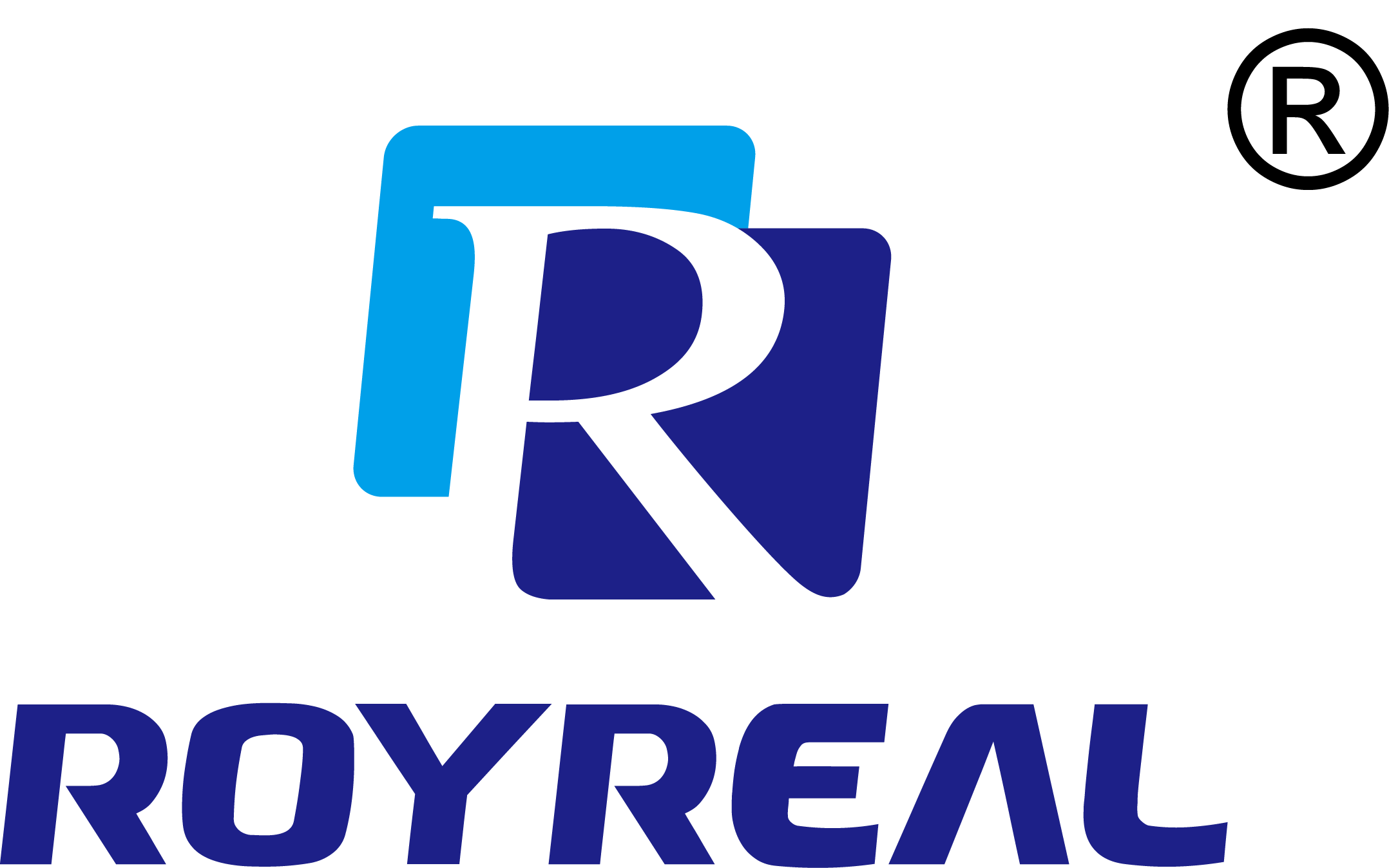The Ultimate Bell Porver Buying Guide: Everything You Need to Know for Optimal Calibration
Category: Industry News
Time:2024-12-09
The Ultimate Bell Porver Buying Guide: Everything You Need to Know for Optimal Calibration
When it comes to ensuring precision in measurements and maintaining the highest standards in calibration, investing in a reliable Bell Porver is crucial. Whether you're in a laboratory setting, manufacturing, or any industry that requires accurate measurements, understanding the various aspects of Bell Porver devices will empower you to make an informed purchase. This guide will walk you through everything you need to know about Bell Porvers, from types and features to applications and buying tips.
Table of Contents
- 1. What is a Bell Porver?
- 2. Types of Bell Porvers
- 3. Key Features to Consider When Buying a Bell Porver
- 4. Applications of Bell Porvers in Various Industries
- 5. How to Choose the Right Bell Porver for Your Needs
- 6. Top Brands and Models of Bell Porvers
- 7. Cost Factors: What Influences the Price of Bell Porvers?
- 8. Maintenance Tips for Longevity and Accuracy
- 9. Frequently Asked Questions
1. What is a Bell Porver?
A Bell Porver is a type of calibration instrument specifically designed for testing and verifying the accuracy of measuring devices. These tools are widely used in various industries, including manufacturing, pharmaceuticals, and laboratory settings. The Bell Porver functions by applying a known weight or force to a measuring instrument, allowing users to determine its precision and performance. Understanding its purpose and how it operates is essential for anyone looking to invest in calibration equipment.
2. Types of Bell Porvers
Bell Porvers come in several types, each tailored to specific measurement applications. Here are the primary categories:
2.1 Mechanical Bell Porvers
Mechanical Bell Porvers utilize traditional mechanical components to provide measurements. These devices are often simpler to operate but may not offer the high precision levels of their electronic counterparts.
2.2 Electronic Bell Porvers
Electronic Bell Porvers are equipped with digital displays and advanced technology, allowing for greater accuracy and ease of use. These devices typically feature programmable settings and data storage capabilities.
2.3 Portable Bell Porvers
For on-the-go calibration needs, portable Bell Porvers provide the flexibility to conduct tests in various locations. These compact devices often include battery power options and lightweight materials for easy transport.
3. Key Features to Consider When Buying a Bell Porver
When purchasing a Bell Porver, keeping an eye on specific features can significantly impact your choice. Here are the essential aspects to evaluate:
3.1 Accuracy
The accuracy of the Bell Porver is paramount. Look for devices with a high resolution and minimal error margin to ensure precise calibration results.
3.2 Load Capacity
Different Bell Porvers have varying load capacities. Assess your calibration requirements to select a model that can handle the necessary weights without compromising accuracy.
3.3 Calibration Standards
Ensure the Bell Porver adheres to recognized calibration standards, such as ISO or ASTM. Compliance with these standards guarantees reliability and consistency in measurements.
3.4 User Interface
A user-friendly interface can greatly enhance your experience. Look for devices with clear displays, intuitive controls, and straightforward operation.
3.5 Durability
Investing in a durable Bell Porver is essential for long-term use. Consider the materials used in construction, especially if the device will be exposed to harsh conditions.
4. Applications of Bell Porvers in Various Industries
Bell Porvers are versatile instruments with applications across many sectors:
4.1 Manufacturing
In manufacturing, maintaining accurate measurements is crucial for quality control. Bell Porvers are used to calibrate scales and balances to ensure product consistency.
4.2 Laboratories
Laboratories rely heavily on precise measurements for experiments and analyses. Bell Porvers help ensure that laboratory instruments are calibrated correctly, leading to reliable results.
4.3 Pharmaceuticals
In the pharmaceutical industry, accurate measurements are vital for drug formulation and quality assurance. Bell Porvers play a key role in calibrating balances used in these processes.
5. How to Choose the Right Bell Porver for Your Needs
Selecting the appropriate Bell Porver involves considering your specific requirements. Here are some tips to guide your decision:
5.1 Identify Your Calibration Needs
Assess the types of instruments you’ll be calibrating and their expected load ranges. This will help narrow your options to devices that can effectively meet your requirements.
5.2 Research Brands and Models
Look into various brands and their product offerings. Read reviews and compare features to find the most reliable Bell Porver for your needs.
5.3 Budget Considerations
Determine your budget for the Bell Porver. Remember that while lower-priced models may seem appealing, investing in a high-quality device can save you money in the long run by reducing maintenance and calibration errors.
5.4 Seek Expert Advice
If you’re unsure about which model to choose, consult experts in the field. They can provide valuable insights into the best options based on your specific needs.
6. Top Brands and Models of Bell Porvers
When it comes to selecting a Bell Porver, certain brands stand out for their quality and reliability:
6.1 Brand A
Brand A is known for its innovative designs and user-friendly interfaces. Their models often feature high load capacities and precise measurement capabilities.
6.2 Brand B
Brand B offers a range of electronic Bell Porvers that are praised for their accuracy and data logging features. Ideal for laboratory settings, their devices ensure reliable calibration results.
6.3 Brand C
Brand C specializes in portable Bell Porvers, making them an excellent choice for fieldwork and on-site calibrations. Their lightweight designs do not compromise on accuracy.
7. Cost Factors: What Influences the Price of Bell Porvers?
The price of Bell Porvers can vary significantly based on several factors:
7.1 Technology
Electronic models with advanced technology and additional features tend to be pricier than mechanical counterparts.
7.2 Brand Reputation
Established brands with a solid reputation often command higher prices due to their reliability and customer support.
7.3 Additional Features
Devices with additional functionalities, such as data logging, wireless connectivity, or enhanced displays, can increase the overall cost.
8. Maintenance Tips for Longevity and Accuracy
Proper maintenance of your Bell Porver is essential to ensure accuracy and prolong its lifespan. Here are some tips to keep your device in optimal condition:
8.1 Regular Calibration
Schedule regular calibration checks to maintain accuracy. Follow the manufacturer's recommendations for frequency.
8.2 Cleanliness
Keep the Bell Porver clean from dust and debris. Use appropriate cleaning materials to avoid damage to sensitive components.
8.3 Proper Storage
Store the device in a dry, stable environment away from extreme temperatures and humidity to prevent damage.
9. Frequently Asked Questions
9.1 What is the difference between mechanical and electronic Bell Porvers?
Mechanical Bell Porvers use traditional components for measurement, while electronic Bell Porvers incorporate advanced technology for greater accuracy and ease of use.
9.2 How often should I calibrate my Bell Porver?
Calibration frequency varies by use case, but it's generally recommended to calibrate your Bell Porver at least once a year or whenever it has been transported or subjected to extreme conditions.
9.3 Can Bell Porvers be used in outdoor conditions?
While some portable Bell Porvers are designed for field use, it's essential to check the manufacturer's specifications to ensure they can withstand outdoor conditions.
9.4 Are there specific standards for Bell Porver calibration?
Yes, Bell Porvers should adhere to recognized standards such as ISO or ASTM to ensure reliability and accuracy in measurements.
9.5 What should I do if my Bell Porver is not providing accurate measurements?
If your Bell Porver is delivering inaccurate results, first check for proper calibration. If issues persist, consult the manufacturer or a professional technician for servicing.
Conclusion
Choosing the right Bell Porver is a critical decision that impacts the accuracy and reliability of your calibration processes. By understanding the different types of Bell Porvers, key features to consider, and the applications across various industries, you can make an informed choice that meets your specific calibration needs. Whether you opt for a mechanical or electronic model, ensure it adheres to industry standards and fits within your budget. Regular maintenance and proper use will further enhance its lifespan and performance. With this comprehensive guide at your disposal, you're now equipped to find the perfect Bell Porver for your needs.
Keywords:
 EN
EN RU
RU SP
SP
